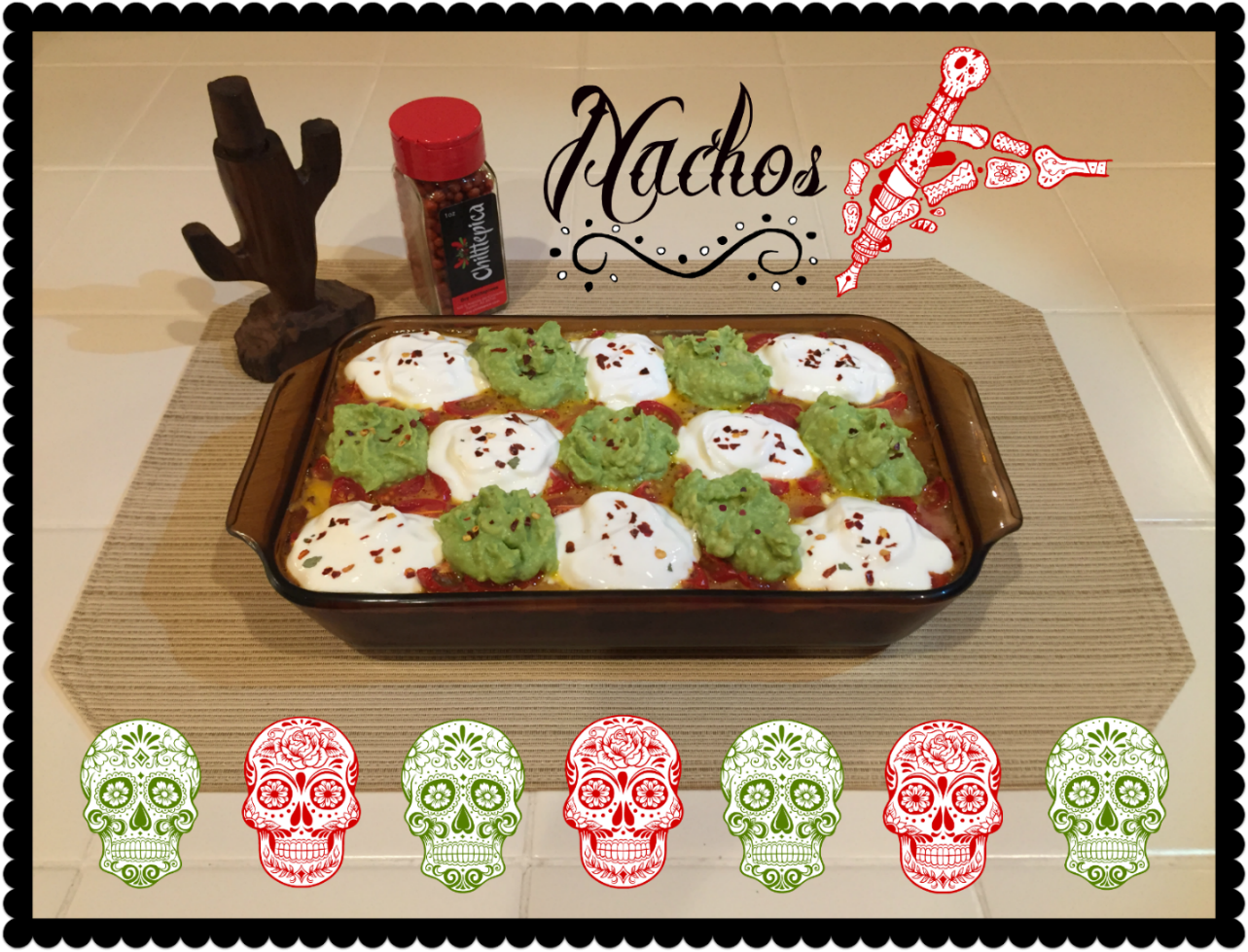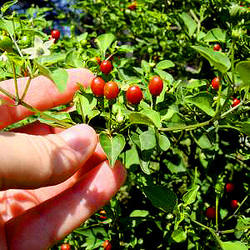
My latest podcast is up on the New Books Network website! In it, I interview Robert Chiles about his study of Al Smith's role in American progressivism and it's political legacy (which I reviewed here). Enjoy!

My latest podcast is up on the New Books Network website! In it, I interview Robert Chiles about his study of Al Smith's role in American progressivism and it's political legacy (which I reviewed here). Enjoy!
Task 4: If you like Mexican food, treat yourself to your favorite dish and share a photo of it.
So here's my quick and easy version of nachos; we prefer our chips on the side.
For this batch we tried a light garnish of the dried chiltepin chiles our niece and
her BF gifted us when they visited from Tucson this past September. We felt the burn! :) The Saguaro chili grinder is made of ironwood.

Chiltepin chiles and info:

As the only wild native chili to the US, the Chiltepin is sometimes called the "mother of all peppers.” Common names include Indian pepper, chiltepe, and chile tepin, as well as turkey, bird’s eye, or simply bird peppers, due to their consumption and spread by wild birds. This chili grows naturally in canyons from West Texas through southern Arizona. The perennial bush can reach up to four feet tall and grows under vegetation such as mesquite, ironwood and hackberry which proves shade, moisture and nutrients for the germinating seeds and mature plant.
The Chiltepin has a long history in the US/Mexico borderlands, and has been traditionally used as a food, medicine, and vermifuge and mythic icon. There is considerable folklore associated with these plants. Historically, no kitchen table of Sonorans, Opatas, O'odham or Yaqui rural homes would be without a bottle of dried chiltepines. The wild harvest is a seasonal ritual in many rural communities to this day, where families make chili-harvesting camps in the mountains during the heat of September and early October in order to harvest the wild chiles.
The Chiltepin is a very small chili in size with an extremely pungent flavor. It is rated very hot—8-9 on pungency scales—and has a quite distinctive smoky bite. The Chiltepin is eaten sun-dried, added to cheese and ice creams, fermented into sauces, and pickled with wild oregano, garlic, and salt as a tabletop condiment. The green or dried red fruit are often mixed with range fed carne machaca from cattle or deer to preserve the meat, or wild greens and onions as a typical Sonoran dish.
Thanks to the efforts of agricultural ecologist and ethnobotanist Gary Paul Nabhan and botanist Jack Kaiser, the U. S. Forest Service has designated a 2,500-acre stretch of rugged Tumacacori Highlands in the Sonoran Desert where Chiltepin is found as the Wild Chile Botanical Area. According to Nabhan, it was the first botanical reserve for a wild ancestor of a cultivated crop.
Sources:
https://www.slowfoodusa.org/ark-item/chiltepin-pepper
https://www.outsideonline.com/2168411/chile-chaser


Al Smith is best remembered today as the first Catholic to win the nomination of a major political party. In doing so his campaign overcame considerable opposition from within his own prejudice-bound Democratic Party, and though he fell well short of winning the White House in 1928 he is credited with winning for them the support of the millions of ethnic voters who would go on to become an important part of the "New Deal coalition" that made the Democrats the dominant political party in America for a generation. While his appeal traditionally has been credited to their identification with his ethnic and religious background, in this book Robert Chiles makes the case that this obscures the real source of his appeal, which was the unabashedly progressive agenda he advocated in that race, one rooted in the policies he pursued throughout his career in New York politics.
As Chiles explains, Smith was drawn to progressivism through his interactions with settlement house activists in New York City in the 1910s. Though them he gained a greater awareness of the issues facing immigrants and urban workers, which he sought to address through government policy. As a state legislator and governor he pursued reforms on issues ranging from conservation to government efficiency, all of which were central to his platform as the Democratic presidential candidate. This won him the support of many ethnic voters, whose political identification at this time was in a state of flux. Drawn to the candidate of a party who addressed their concerns, they maintained their allegiance for his successor, Franklin Roosevelt, who drew upon much of Smith's progressive legacy when formulating the policies of his own administration during his time as president.
By highlighting Smith's progressivism, Chiles contributes both to our understanding of this important politician and his long-term impact upon American politics. In the process he also helps to explain the under-appreciated origins of a political shift that shaped the nation in which Americans live today. Together it makes for a book that no student of the era or of American political history more generally can afford to ignore.
